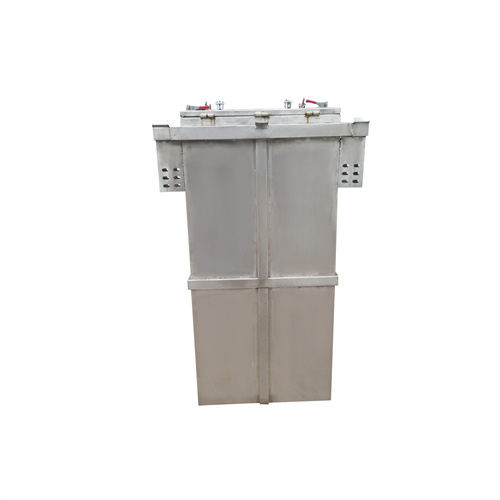Yuewan energy storage
As the photovoltaic (PV) industry continues to evolve, advancements in Yuewan energy storage have become critical to optimizing the utilization of renewable energy sources. From innovative battery technologies to intelligent energy management systems, these solutions are transforming the way we store and distribute solar-generated electricity.
6 FAQs about [Yuewan energy storage]
What is energy storage equipment in Taiwan?
Taiwan revised its “Renewable Energy Development Act” on May 1, 2019, and Article 3, paragraph 1, Subparagraph 14 of the Act clearly defines energy storage equipment as a means of storage for power which also stabilizes the power system, including the energy storage components, the power conversion, and power management system.
Does Taiwan have a demand for energy storage systems?
Taiwan has a demand for energy storage systems, electric vehicles, and industrial development. Taiwan's foundation in the energy storage industry is in the field of battery technology, but it is difficult to compete with international manufacturers in terms of costs.
Who supplied the energy storage system at Taoyuan Longtan?
Located at the Taoyuan Longtan ultra-high voltage substation, the energy storage system was supplied by Fluence in partnership with TECO Electric & Machinery Co. (TECO).
What is Taiwan's energy storage industry?
According to the analysis put forward by the Industry, Science and Technology International Strategy Center (ISTI) of the ITRI, Taiwan's energy storage industry can be divided into batteries, power regulators, power management systems, and system integration (SI), as well as other sectors.
What is Taiwan's energy storage policy?
Taiwan's power grid system is an independent power grid. To cope with the impact of renewable energy integration in the future, there is a demand for energy storage systems. The government's policies on energy storage can be summarized as follows: (1) Solving the problem of intermittent renewable energy grid connection.
What is the current energy storage capacity?
In terms of energy storage systems, their current energy storage capacity as of 2020 is, but it is estimated that their energy storage system capacities will reach 590 MW by 2025. The key process is briefly shown in [Table 5]: .
Related Contents
- Energy storage latest news ndrc
- Gravity energy storage model analysis pictures
- The top ten energy storage companies in europe
- Giant magnetic quantum energy storage
- Haiji new energy 2025 energy storage
- Home energy storage 10kw
- Tbea energy storage business park
- Classification of energy storage battery field
- Is hydrogen production considered energy storage
- Urban rail ground hybrid energy storage
- Analysis of container energy storage system
- Industry overview of energy storage
